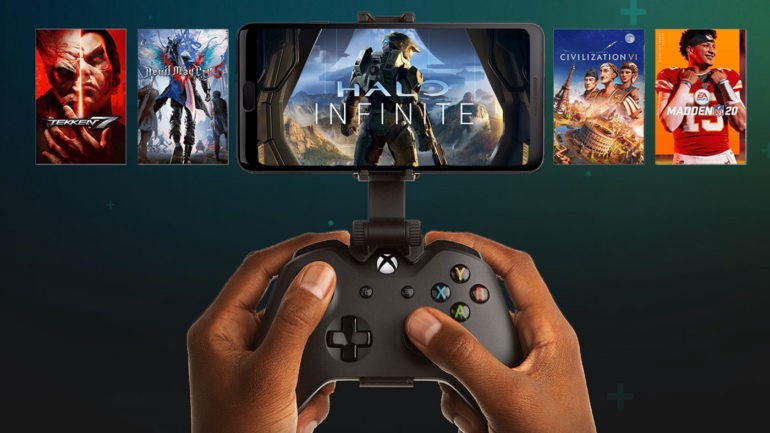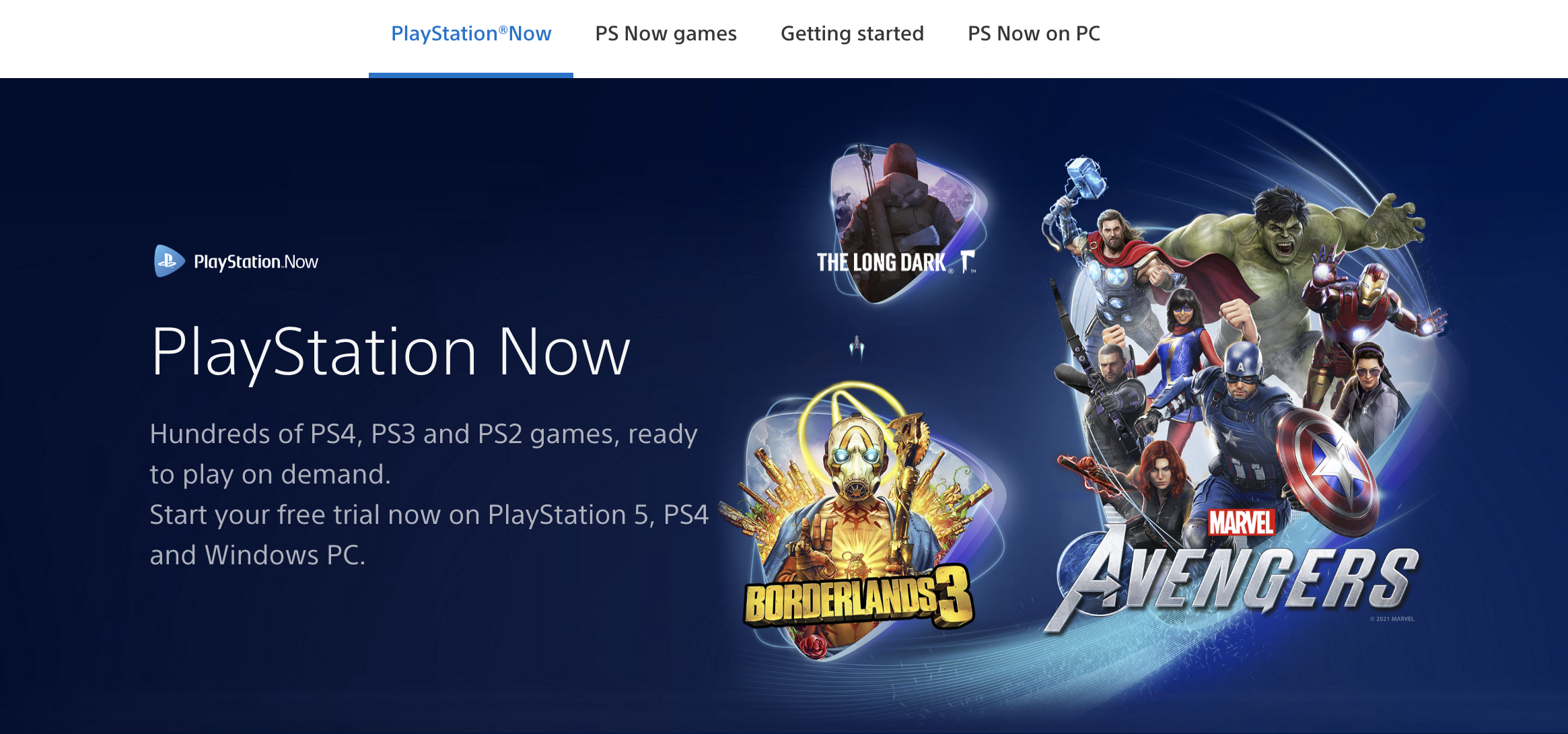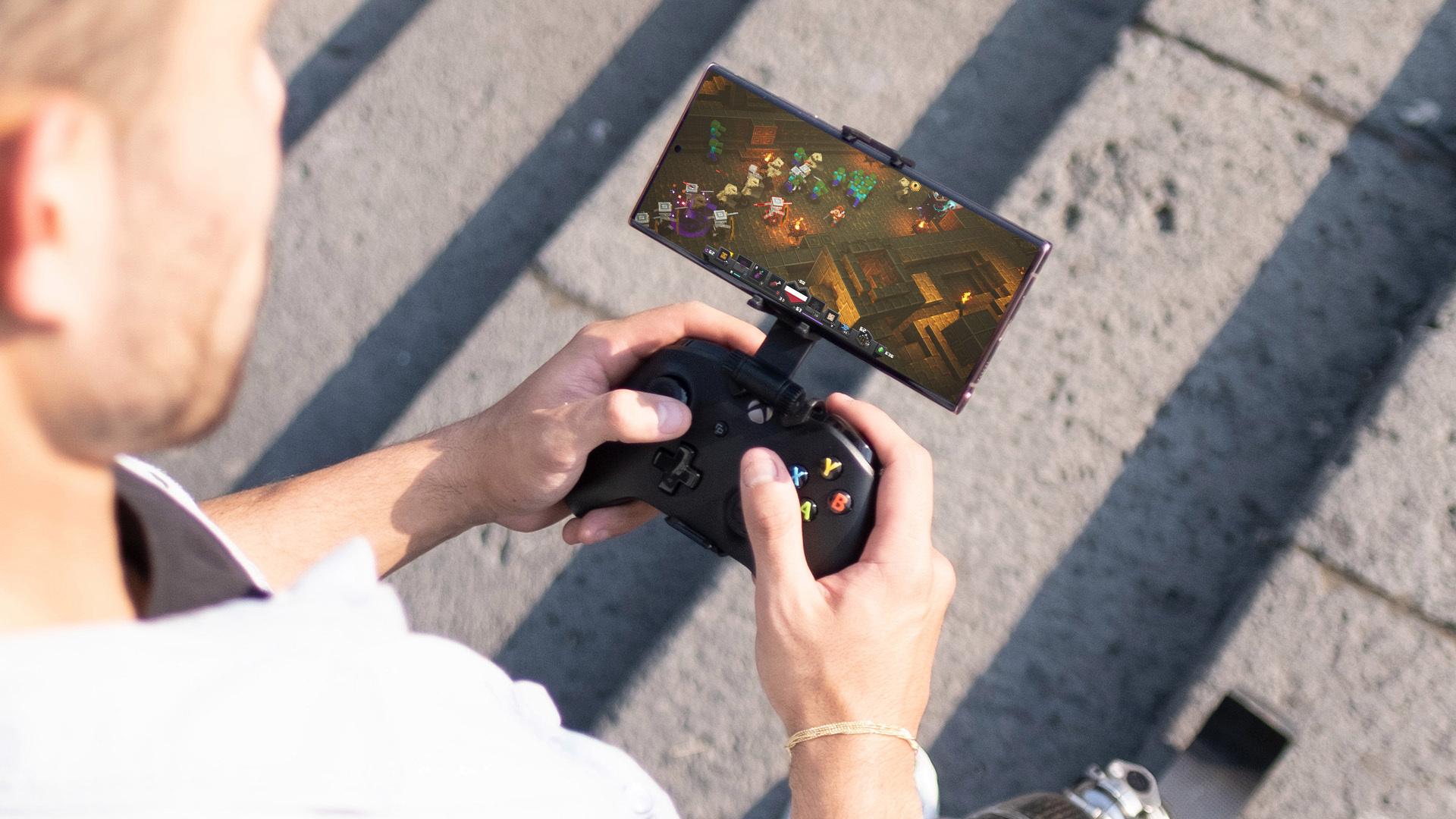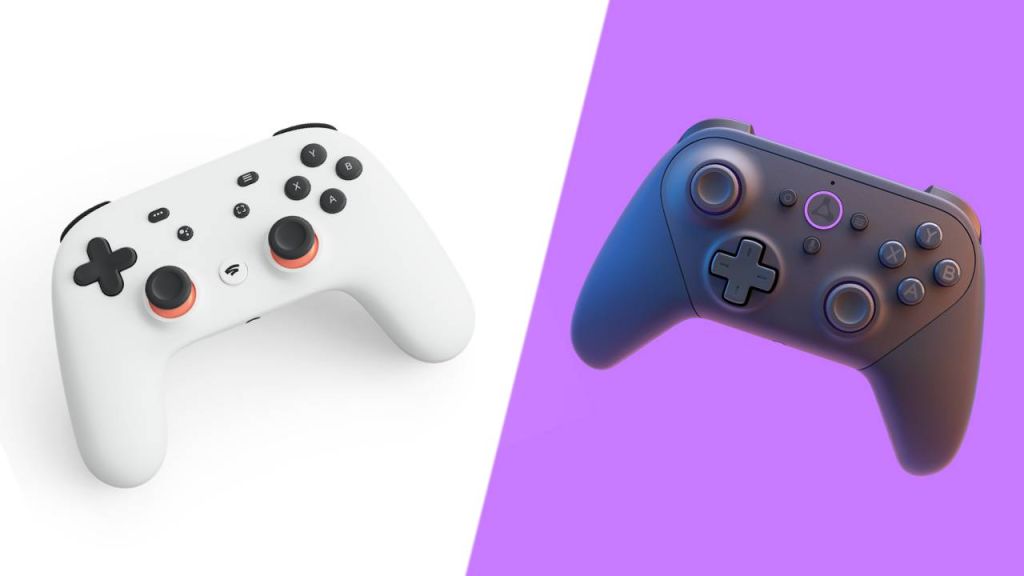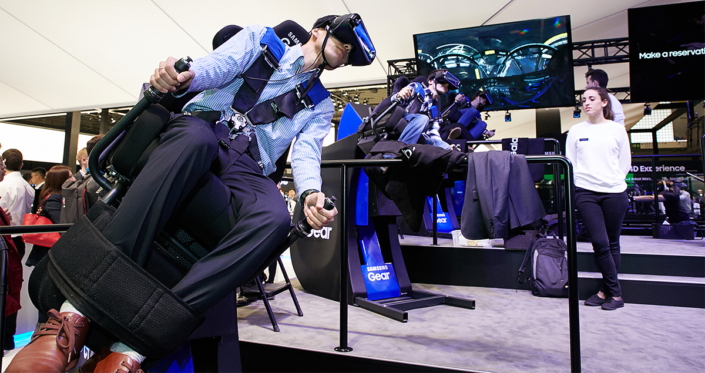If the accelerated rate of the growth of gaming is any indication, we may be on the brink of a new era. With an estimated 2.7 billion gamers worldwide, the global gaming industry is now worth over US$300 billion, according to an April 2021 report by Accenture. Its massive scale dwarfs industry behemoths such as the film industry ($42 billion), video streaming ($27.6 billion), and digital music ($18.6 billion). During the pandemic, when many industries suffered slumps, gaming recorded an explosive growth, as people desired to connect and be entertained while in isolation.
The primary force propelling the industry forward, however, is technological advancement, according to The Upcoming. From cloud gaming, subscription-based gaming, improved consoles, the incorporation of AI, and virtual reality, the gaming industry is defining a whole new level of fun.
Cloud Gaming
The increased reliance on the cloud or remote servers is among the new trends expected to boost the gaming experience. Unlike in traditional gaming, when games are run locally on one’s console, computer, or mobile device, cloud gaming, also known as gaming on demand, offers much more ease and flexibility. Upgrades are rolled out faster, without too much concern about the capabilities or features of an individual device, as the remote server is the one that provides the processing power.
Gamers may also choose their input device they prefer the best, whether controller, keyboard, mouse, or touch screen. Cloud gaming also bypasses the need for heavy downloads, as gamers play right off the remote server. Other advantages are better security, enhanced protection against piracy, and support for more platforms.
Cloud gaming / gaming on demand / gaming-as-a-service is a type of online gaming that runs video games remotely from a cloud. Image Source: Super Jump Magazine
Subscription-based Gaming
Gaming services based on subscription models are also on the rise. The currently available services vary in terms of the incentives and value they offer. However, they typically allow for access to a massive game library or vault, or an online service for multiplayer gaming. Popular incentives include early access to upcoming releases, exclusive deals and discounts, and indie titles. Some services are more suitable over others for particular platforms. Xbox Game Pass, PlayStation Now, EA Play, Apple Arcade, Google Play Pass, Nintendo Switch Online, Ubisoft+, Humble Choice, and Prime Gaming are among the top game subscription services.
Homepage of Xbox Game Pass. Image Source: Xbox
Improved Consoles
Gaming consoles have been steadily improving over the past decades, and next-gen consoles are no different. Expect the console wars to be hotter than ever, with faster processors, higher frame rates, and more refined graphics, along with unique offerings. For instance, the PS5’s custom, high-end SSDs was a game-changer in that it significantly reduced load time and simultaneously compelled developers to redesign their games with a richer and more detailed environments. Meantime, the Smart Delivery feature of the Xbox X Series allows gamers to enjoy an upgraded version of games they already bought for the Xbox One, provided the game is available for both consoles.
Increased Use of AI
Gaming is not one to elude the invasion of Artificial Intelligence (AI), with its use in making the gaming experience more responsive and adaptive. AI has been in use in games as early as the 1950s, but it is now pushing into new frontiers in game design.
For instance, with players expecting highly immersive experiences across different platforms, AI is implemented to deliver the most console-like—that is, the best possible—experience across devices. AI is also commonly used in what are known as non-player characters (NPCs), which are deployed to enrich the game’s interactivity and believability. Often, these NPCs are based on a set of behaviors determined by AI and not by actual human players. Another use is procedural storytelling, where a narrative generated by AI is integrated into the game.
Virtual Reality
Virtual reality headsets grew in popularity in recent years, with the release of devices such as the Oculus Quest and PlayStation VR. Gamers were attracted to features such as intuitive and comfortable controllers, stereoscopic 3D, a fast processor, strong built-in audio, next-generation graphics, and an overall sleek design. According to one review, headsets such as the Oculus Quest 2 provide a convenient and easily accessible escape from real life.
While VR gaming is still considered somewhat of a niche, the increasing list of games available for these headsets may be evidence of its expansion. One subset that is becoming more popular is Augmented Reality (AR) gaming, where visual and audio elements are integrated in real-time with the gamer’s environment. At present, AR games are available not only for portable dedicated gaming systems, but also for smartphones and tablets. Still another growing subset is Mixed Reality (MR), where games allow both real and artificial elements to interact.
Attendees strap into 4D simulators for an immersive and exhilarating VR ride. Image Source: NetMania
What does this mean for Japan?
Japan is home to many of the industry leaders in gaming, including hardware and software giants such as Sony, which is behind the PlayStation; Nintendo, which created the Switch; Bandai Namco (Smash Brothers); Sega (Sonic); Capcom (Resident Evil); and Mixi (Monster Strike). These companies have long been at the forefront of innovation in gaming, putting Japan squarely on the map as a major player in the global gaming industry. So ingrained is gaming into Japanese culture there are districts, centers, cafés, and theme parks dedicated to the sale of consoles, merchandise, accessories, and the gaming culture and lifestyle.
Other factors supporting the gaming boom are the increasing deployment of 5G by telecommunications operators, along with a reported outpour of government investment in esports.
Meanwhile, Japan’s 73 million smartphone users—the 7th most numerous globally—are said to be loving mobile games, with their portability, convenience, and cheaper costs. That said, consoles are still extremely popular in Japan, with Nintendo posting its highest-ever annual profit during the lockdown.
These mean increased opportunities for those in the gaming industry, such as game planners, directors, and producers, creative designers and illustrators, and game engineers, along with others who stand to benefit indirectly from gaming culture.
The Akihabara Electric Town in Tokyo, Japan is famous electronics, anime, manga and gaming. Image Source: GaijinPot
Innovation and competition
All in all, prospects are bright for the gaming industry. The stiff competition will likely continue to drive innovation as companies attempt to outdo each other to appear more attractive to the gamer community. Meanwhile, gamers, who are growing more discriminating and demanding, are in for a ride. With cloud gaming, better consoles, subscription-based gaming, AI, and virtual reality, it seems the future is sooner than we think.
Main image Source: JESHOOTS.COM on Unsplash


